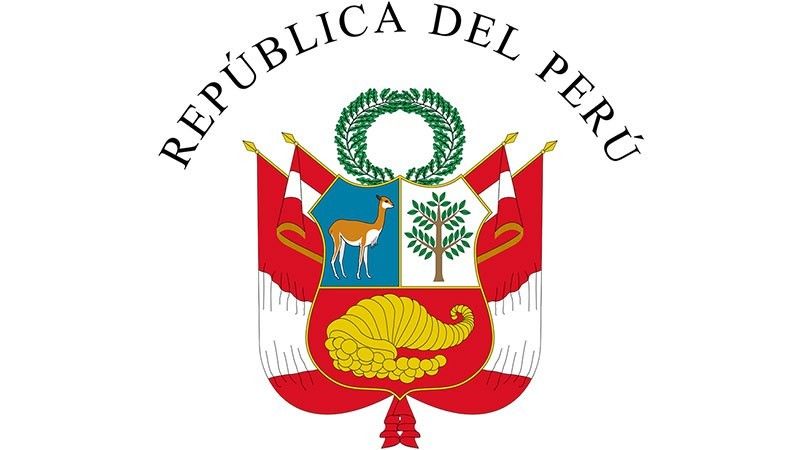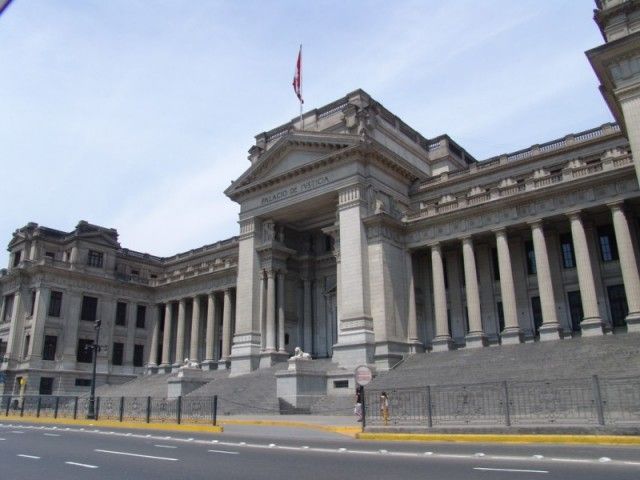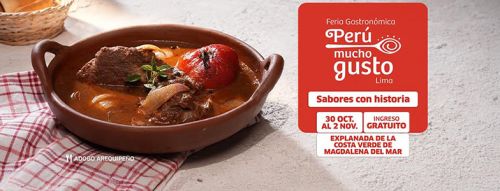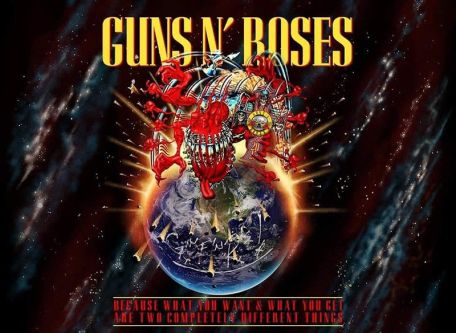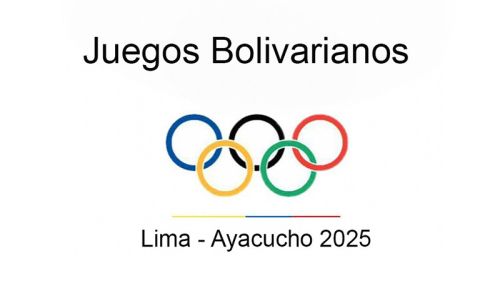Peru is a semi-presidential representative democratic republic with the Peruvian president being the head of state and the head of government. The state’s government is divided into three branches - the executive power, the legislative power, and the judicial power - each with separate, independent powers and responsibilities.Conten
Content overview
- Executive Power in Peru
- Legislative Power in Peru
- Judicial Power in Peru
- Administrative Divisions in Peru
- Elections in Peru
- Political Parties in Peru
- Political Parties in Peru with seats in Congress 2021 to 2026
- Peru’s President and his Cabinet 2021 to 2026
- Political History of Peru from 1533 till today
Executive Power in Peru
The executive power in Peru is exercised by the President and his Cabinet.
The President of Peru
The President is popularly elected for a five-year term. The Peruvian constitution of 1993 permitted one consecutive re-election; but after the "Fujimori case" a constitutional amendment passed in 2000 that prevents re-election. The president is both head of state and head of government.
The first Vice-President and the second Vice-President are also popularly elected but have no constitutional functions unless the President is unable to perform his duties.
The Peruvian President appoints the Presidente del Consejo de Ministros (President of Council of Ministers or Prime Minister) and his ministers which form the Consejo de Ministros (Council of Ministers or Cabinet) and must be ratified by the Peruvian Congress.
Peru’s Cabinet (Council of Ministers)
Peru’s Cabinet or Council of Ministers is headed by the Peruvian President of Council of Ministers, so the Prime Minister, and comprises at the moment of 18 ministers.
While each Peruvian minister oversees his or her sector, the Council of Ministers is among others responsible for the approval of all executive laws sent from the Peruvian President to Congress, the approval of legislative and urgent decrees, resolutions and other laws, and the deliberation of subjects of public interest.
Legislative Power in Peru
The legislative branch consists of a unicameral Congress of 130 members popular elected for a five-year term by proportional representation and is presided over by the President of Congress who is elected by the congressional representatives.
The Peruvian Congress passes laws and legislative resolutions, interprets, amends, or repeals existing laws, ratifies treaties, authorizes government loans and approves the government budget. As we have seen numerous times over the past years, the Peruvian Congress as well has the power to remove the President and other government officials from office and block or dismiss draft laws submitted by the President and his Cabinet.
Judicial Power in Peru
The judicial branch is headed by a 16-member Supreme Court seated in Lima. Its judges are appointed by the National Council of the Judiciary.
The Tribunal Constitucional (Constitutional Tribunal), historically located in Arequipa, however its operative headquarters are in Lima, is the highest organ of constitutional control and interpretation in the country. It is autonomous and independent, bound only by the Peruvian Constitution. The principal functions of the Constitutional Tribunal include protecting the Peruvian constitution and fundamental rights, resolving constitutional disputes, repealing unconstitutional laws and acts, and ensuring a healthy distribution of powers between the government branches.
Superior courts in the capitals of Peru’s regions review appeals from decisions by lower courts. Courts of first instance are divided into civil, penal, and special chambers and are located in provincial capitals. Additionally, there are several specialized courts and an Ombudsman's office, created in 1996, addressing human right issues.
Administrative Divisions in Peru
Peru is, according to the Regionalization Law from 2002, divided into 24 departmentos (regions) and the Province of Lima and the Constitutional Province of Callao which have political, economic and administrative autonomy in matters under their jurisdiction. The regions are:
- Amazonas with the capital Chachapoyas
- Ancash with the capital Huaraz
- Apurímac with the capital Abancay
- Arequipa with the capital Arequipa
- Ayacucho with the capital Ayacucho
- Cajamarca with the capital Cajamarca
- Callao Province with the capital Callao
- Cusco with the capital Cusco
- Huancavelica with the capital Huancavelica
- Huánuco with the capital Huánuco
- Ica with the capital Ica
- Junín with the capital Huancayo
- La Libertad with the capital Trujillo
- Lambayeque with the capital Chiclayo
- Lima with the seat of the regional government in Huacho
- Lima Province with the capital Lima
- Loreto with the capital Iquitos
- Madre de Dios with the capital Puerto Maldonado
- Moquegua with the capital Moquegua
- Pasco with the capital Cerro de Pasco
- Piura with the capital Piura
- Puno with the capital Puno
- San Martin with the capital Moyobamba
- Tacna with the capital Tacna
- Tumbes with the capital Tumbes
- Ucayali with the capital Pucallpa
The regions are subdivided into provinces, which are composed of districts. At the moment there are 196 provinces and around 1800 districts.
Elections in Peru
Usually, presidential elections and congressional elections are held every five years in which Peruvians directly vote for their new president and the members of Congress. The sweating-in of a newly elected president and the inauguration of a new Congress takes place on July 28 of the election year.
In regional elections Peruvians directly vote their regional governors and regional councilors, which are in charge of political, economic and administrative matters of their region, while in municipal election Peruvians choose the mayors and municipal councilors of their municipality.
Elections are organized by the ONPE, the Oficina Nacional de Procesos Electorales (National Office of Electoral Processes) and overseen by the JNE, the Jurado Nacional de Elecciones (National Jury of Elections).
Voting in Peru is compulsory, so all Peruvians over the age of 18 years living in Peru are required to vote. The vote is universal, secret, and direct. While Peruvians living abroad are exempted from their electoral duty, but can usually vote in Peruvian consulates abroad, the military and the police, which were prohibited to vote for many years to avoid another military regime, are required to vote since 2006.
Political gatherings are forbidden during elections and public gatherings of any sort are prohibited during voting hours, including religious events and entertainment. Usually, 48 hours before elections until noon of the day after the elections (the time frame might vary) it's prohibited to sell or serve alcoholic beverages. This so-called Ley Seca, an alcohol prohibition limited to the election time, intends to prevent voting under the influence and drunken brawls in case the results aren't as hoped.
Political Parties in Peru
Peru has a multi-party system which prevents that one party has a dominant influence in the decision-making process. However, since the 2000s, support for and trust in the traditional Peruvian political parties declined dramatically and new parties, usually just alliances of individual and group interests that might or might not survive a legislative period, emerge shortly before presidential and congressional elections while other parties just disappear into thin air or change their name and political orientation.
Today Peru has no stable, representative, institutionalized and accountable political parties leading to a fragmented Congress with no clear majorities or political orientation where individual or group interests outbalance the interests and needs of the population. Especially Over the past years the Peruvian Congress was successful in making governing the country for the executive branch nearly impossible, blocking almost every proposal or draft law possible and removing presidents from office for questionable reasons.
Political Parties in Peru with seats in Congress 2021 to 2026
Peru Libre (Free Peru), founded in 2007 as regional political movement and registered as party in 2016, is a left-wing socialist political party that embraces Marxism and Mariáteguism. While valuing democracy, decentralization, internationalism, sovereignty, humanism and anti-imperialism, Peru Libre opposes communism and neoliberalism. In the 2021 elections the party could especially score in Peru’s provinces and with 13.41% won 37 of the 130 seats in Congress.
Its presidential candidate Pedro Castillo won the first round of the 2021 presidential elections with 18.92%. In the following run-off vote against Keiko Fujimori (see below under Fuerza Popular) he won 50.13%.
Fuerza Popular (Popular Force) is a right-wing political party formed in March 2010 under the name Fuerza 2011 (Force 2011) as a coalition of the Nueva Mayoría (New Majority Party) and the Renovación Nacional (National Renewal). The party is led by Keiko Fujimori. The political ideology is characterized by the so called Fujimorism, a right-wing, anticommunist philosophy formed by her father, former president Alberto Fujimori combined with economic liberalism and conservatism. In the 2021 elections Fuerza Popular with 11.34% won 24 of the 130 seats in Congress.
While Keiko Fujimori already lost in the run-off for Peru's presidency against Ollanta Humala in 2011 and against Pedro Pablo Kuczynski in 2016, she might come second once again in the 2021 presidential elections where she – according to unconfirmed reports – won 49.87%; however, the result still isn’t confirmed officially.
Accion Popular (Popular Action) was founded in 1956 by former President Fernando Belaúnde Terry as a liberal and reformist political party. While it never really was an institutionalized party, the Popular Action achieved great successes in the 1963 and 1980 elections with Belaúnde becoming president. For the 2006 election the party joined forces with Somos Perú and the Coordinadora Nacional de Independientes to form the Frente de Centro coalition, and in the 2011 election with Somos Perú and Perú Possible to form the Peru Possible Alliance. In November 2020 Accion Popular Member of Congress Manuel Merino served as Peruvian President for 5 days. In the 2021 elections Accion Popular with 9.02% won 16 of the 130 seats in Congress.
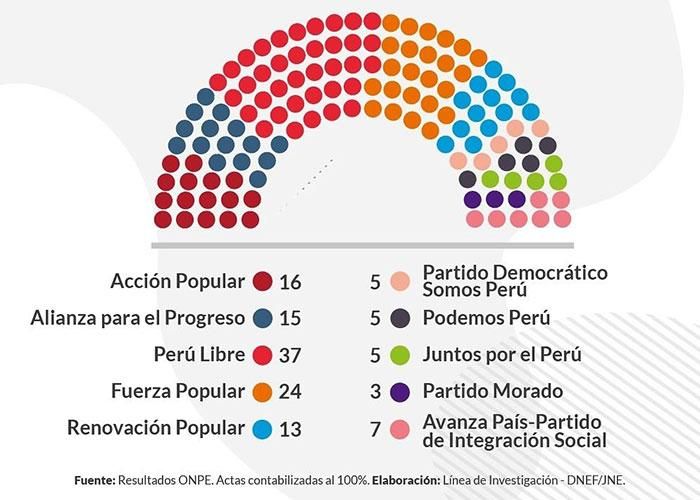
Alianza para el Progreso (Alliance for Progress) is a center-right political party in Peru founded in 2001 by Cesar Acuña Peralta. Its ideology can be described as social conservatism, economic liberalism, liberal democracy, and populism. In the 2021 elections the Alliance for Progress with 7.54% won 15 of the 130 seats in Congress.
Renovacion Popular (Popular Renewal) is a right-wing political party in Peru re-founded in 2020. It’s the successor party of the former Partido Solidaridad Nacional (National Solidarity Party) established by Luis Castañeda, former mayor of Lima. The party supports national and social conservatism as well as economic liberalism while following ultraconservative ideologies opposing for example abortion and LGBT rights. In the 2021 elections the Popular Renewal with 9.33% won 13 of the 130 seats in Congress.
Avanza País - Partido de Integración Social (Advance Country - Social Integration Party) was founded in 2000 as a left-wing party supporting social democracy, social conservatism, and ethnocacerism. Over the years the party moved to the right and today stands for economic, classical, and conservative liberalism. In the 2021 elections Avanza País with 7.54% won 7 of the 130 seats in Congress.
Somos Peru (We Are Peru) was founded in 1997 as successor party for the 1995 established Somos Lima (We Are Lima) party. It is a center-right Christian democratic political party supporting Christian democracy and Christian humanism. In the 2021 elections Somos Peru with 6.13% won 5 seats in Congress.
Podemos Peru (We Can Peru) was founded in 2018 by economist and former congressman José Luna Gálvez. It’s a center-right to right-wing conservative political party in Peru. In the 2021 elections Podemos Peru with 5.83% won 5 seats in Congress.
Juntos por el Peru (Together for Peru), created in 2017, is left-wing political coalition uniting leftist and progressive parties, political organizations and social movements. It stands for Anti-Fujimorism, democratic socialism and progressivism. In the 2021 elections, Juntos pro el Peru with 6.59% won 5 seats in Congress.
President of Peru July 28, 2021 to December 7, 2022
President of Peru: Pedro Castillo (removed from office by Congress)
First Vice President: Dina Boluarte
President of the Council of Ministers (Prime Minister): ---
President of Peru since December 7, 2022
Appointed by Congress after removal of President Castillo from office
President of Peru: Dina Boluarte
President of the Council of Ministers (Prime Minister): Alberto Otárola
As Peru is in a phase of protests and transition and ministers seem to be exchanged constantly we leave the spaces empty for now and will update as soon as the situation relaxed.
Council of Ministers (Cabinet)
Minister of Foreign Relations:
Minister of Defense:
Minister of Economy and Finance:
Minister of the Interior:
Minister of Justice:
Minister of Education: Jaime Saavedra Chanduvi
Minister of Health:
Minister of Agriculture:
Minister of Labor and Promotion of Employment:
Minister of Production:
Minister of Foreign Commerce and Tourism:
Minister of Energy and Mines:
Minister of Transportation and Communications:
Minister of Housing, Construction and Sanitation:
Minister of Women and Social Development:
Minister of Environment:
Minister of Culture:
Minister of Development and Social Inclusion:
Political History of Peru from 1533 till today
You find a detailed overview of Peru's political history from Spanish rule until today in our extensive Political History of Peru from 1533 till today category.


